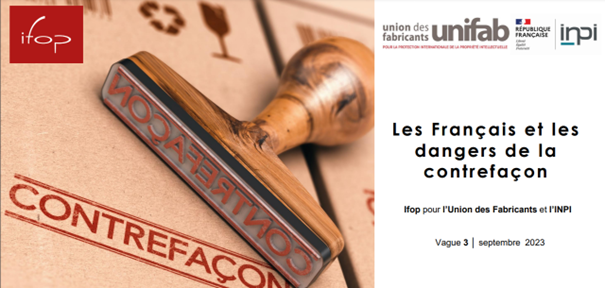In 2017, an Australian fashion house,Pinnacle Runway, launched FederalCourt proceedings alleging that theuse by the global online swimwearretailer, Triangl, of a style name(Delphine) for one of Triangl’s bikinistyles, was infringing one ofPinnacle’s registered trade marks.
Corrs Chambers Westgarth acted for Trianglin this proceeding. In Pinnacle Runway PtyLtd v Triangl Limited [2019] FCA 1662, theCourt dismissed Pinnacle Runway’sapplication.
If Pinnacle won its case, the ramifications for thefashion industry would be significant. It wouldmean that every style name used in Australia (atthe very least for fashion products), would likelyneed to be the subject of a trade mark clearancesearch, or else the user would be taking aninfringement risk. It is a long-standing entrenchedpractice in the fashion industry to select names(personal or place names are common examples)as style identifiers – whether distinctive or not – asnumerical identifiers are infinitely harder to recalland reference, and easier to incorrectly transpose.Given that many fashion houses cycle throughmany dozens of new styles and thus style namesevery season, Pinnacle’s challenge wasworrisome for the fashion industry at large.
Thankfully, the Court decision was that in thewomen’s swimwear industry, consumers areunlikely to perceive style names as indicating atrade source (the classic function of trademarks). Whilst style names can serve as aconvenient label, this does not mean it is used asa badge of origin to distinguish the goods of onetrader from the goods of other traders in a marketwhere many traders use similar names forindividual products, and offer their products forsale by reference to a dominant, consistent brand.
As for whether a particular use of a name for aparticular product is infringing, the test is an objectiveone and the setting or context in which a particularname is used is critical. By way of counter-example,product names for different car models are commonlytrade marks.
The Court decision provides some guideposts to thosein the fashion industry as to how to minimise risk oftrade mark infringement when using style names. Keyfactors include the following:
- The trade mark (such as TRIANGL) should alwaysbe given prominence, and the style name deemphasised in comparison, including by way ofpositioning, font size and type (if font givesemphasis), styling, colour and shading, including inwebsite, social media or EDM contexts;
- The spatial relation to and prominence incomparison to the core trade mark (in this caseTRIANGL) is a central issue. The existence on alabel of a clear dominant “brand” is of relevance tothe assessment of what would be taken to be theeffect of the balance of the label.
- If a style name or identifier is truly such, then itshould have no separate logo or website ordedicated social media, which could lead to it beingconstrued as a sub-brand. Where possible, avoidprinting or embroidering the style name on theproduct itself (for instance, on the fabric).
- The number of available styles at any given time,and their longevity, can also be relevant. Forexample – two or three styles, used consistentlyseason-on-season may change the position onwhether the use of the accompanying style name istrade mark use for the purpose of infringement, andthey are more liable to be considered sub-brands.
- As for style name choices – unusual choice of stylenames does not mean, in and of itself, that thenames are likely to be construed as trademarks. Fashion traders should not be warned offstyle names with rich or resonant meanings.
- Homepage structure and navigation architecture isrelevant to consumers’ perception of what is a stylereference in a website context.
The Federal Court’s decision was a good victory forcommon sense. Interestingly, the Court stated that hadit found against Triangl, in this case the damages thatwould have been awarded Pinnacle would have beenAU$2,500, hardly a sum worth litigating over.
One needs to exercise caution and not treat thisdecision as a general rule applicable to all uses of stylenames, let alone to all industries. Each case will bedetermined on its own facts and it is easy to envisage asituation where a style name even in the fashionindustry is indeed a trade mark (such as “Birkin” or“Kelly” which are trade marks for particular Hermèsbags).
Stephen Stern (Partner) & Chrystal Dare (Senior
Associate)
Corrs Chambers Westgarth
Melbourne, Australia
Stephen Stern

Partner / Chairman National
Intellectual Property Group
Phone: +61 3 9672 3148
Mobile: +61 419 346 680
stephen.stern@corrs.com.au
Chrystal Dare

Senior Associate
Phone: +61 3 9672 3038
Mobile: +61 402 583 142
chrystal.dare@corrs.com.au




